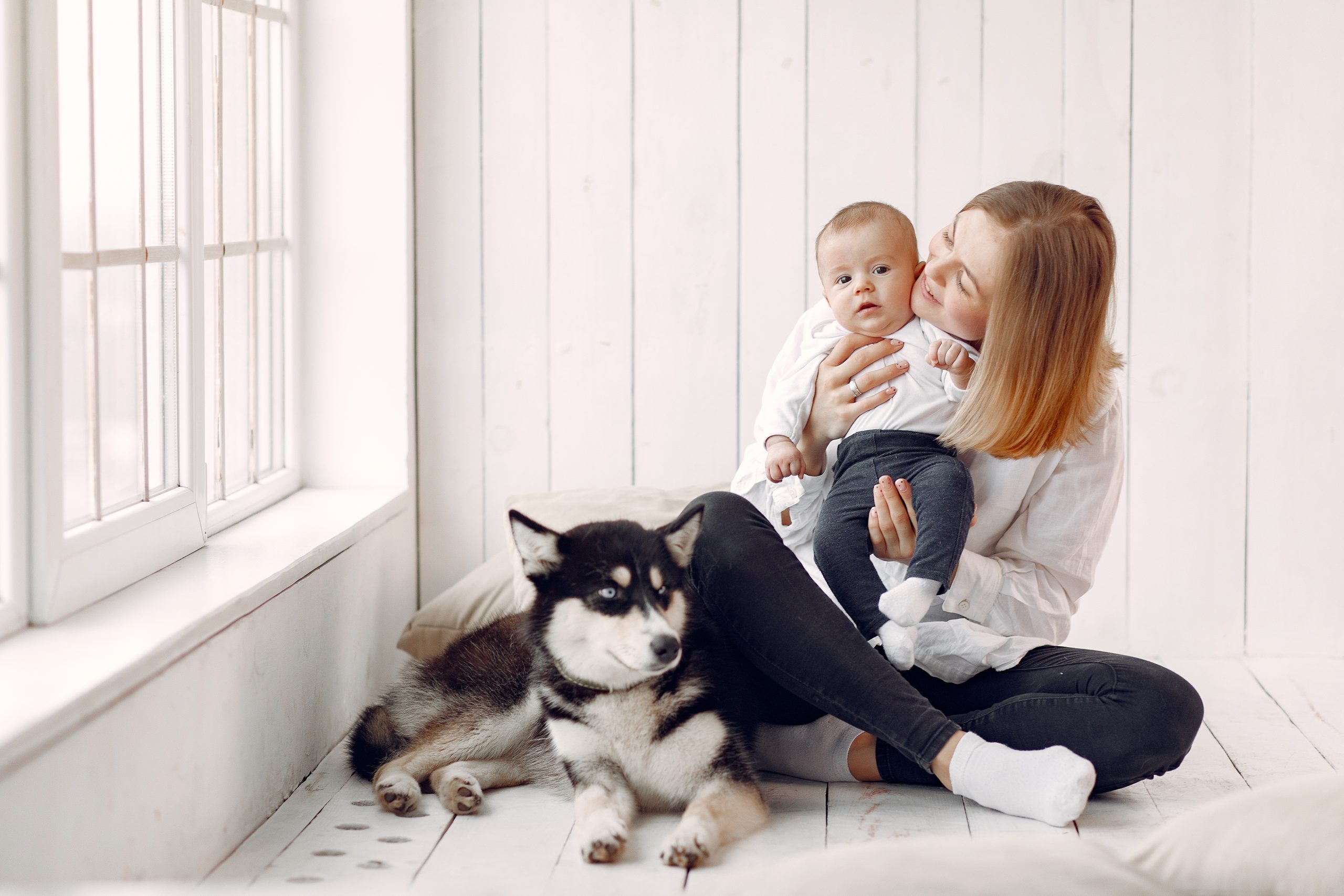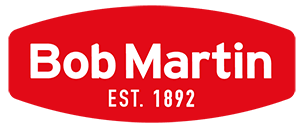
It is great for children to be exposed to dogs from an early age and has many benefits. However, if children are not taught how to behave around a new dog who has not been used to children, or if a new puppy and child are left unsupervised, there can sometimes be negative consequences.
It is very easy to blame dogs for bites but it is usually not their fault – if they feel vulnerable they will lash out. It is important to understand how to introduce a new dog into a household with children, and how to teach your children to behave appropriately around dogs so that accidents are minimised.
Should I get a puppy or an adult dog?
If you have very young children, then there are pros and cons to both.
Puppies:
✔ Puppies can be easily socialised and will therefore learn to accept small children and their behaviour.
✔ They will normally grow up to be best friends and will love to play together.
✘ It is normal for puppies to bite and scratch and jump up at first and this may be difficult if you have a child of toddler age.
Adult dogs:
✔ Adult dogs have normally grown out of the biting/scratching phase. However, if they have not been trained properly at a young age then they could cause problems.
✘ They may also have not been socialised properly with children so may be scared if young children scream or handle them. This is often difficult to correct.
As a rule, be cautious when rehoming an adult dog if you have children unless you know the dog’s history and can be sure that they have been brought up or socialised properly with children.
Teach your children to behave calmly around dogs
It is important that children learn to behave properly around dogs to prevent accidents from occurring. When you first introduce a new dog or puppy to your home and family, make sure that you start by communicating to your children the importance of not treating their new pet like a toy. Supervise all initial interactions and ensure that they give the opportunity to settle into the new space.
Watch out! If the dog is shying away, trying to hide or has their tail between their legs then they have had enough and should be allowed to escape to a quiet place.
Keep initial interactions short and positive. A positive first exercise is to sit your child on the floor and try to encourage your new dog to sit next to them so that they can stroke the dog gently or give it treats. If your dog gets over excited or starts scratching, biting or jumping up then the session should be ended.
Children should be taught not to handle dogs roughly. All interactions should be gentle. Screaming, waving arms and leaping about should be minimised, and never allow your child to hug or kiss a new adult dog that you do not know. This can be very intimidating for some dogs and can result in young children being bitten on the face.
Puppies especially tend to want to chew everything including children’s hands. Teach children to end all interactions if any chewing happens or is about to. If you have very small children, then ensure that they are never left alone with a biting puppy. Biting of hands can be reduced by ensuring that there are always plenty of chew toys for your dog to chew on instead.
When playing, children tend to jump and leap around and it can be difficult to teach your dog not to leap and jump back. Small children can be easily hurt and knocked over if a big dog jumps up at them so it is important to discourage this behaviour.
Teach children to stand like a tree without making eye contact or turn their backs when a dog starts jumping up. As soon as the dog calms down then play can resume.
Children Growing Up
Even if your dog has adapted well to a particular stage in your child’s life you should be prepared for a change in the relationship as your child develops.
If you got your dog when your child was a baby then your dog may become scared or aggressive when they start crawling, toddling or approaching them and grabbing at their toys.
All interactions between small dogs and children should be supervised to prevent accidents.
Involve Your Children with Training
Involving your children in the training process enables them to have some control over the dog and to become their play mate. Coach children to use the correct command, for example ‘Sit’ at the same time as you and then reward the dog when they do the correct thing. You can gradually whisper the word so that eventually the child will give the signal alone. This can then be repeated for other commands.
How to Feed Dogs Around Children
Small puppies can be trained not to mind people interfering with their food from an early age. Give them half their ration and then when they are nearly finished add the other half to their bowl while they are still eating. This way they will learn that people coming close to their bowl while they are eating is a good thing.
A happy family pet is one that knows the boundaries and who’s boundaries are known.
